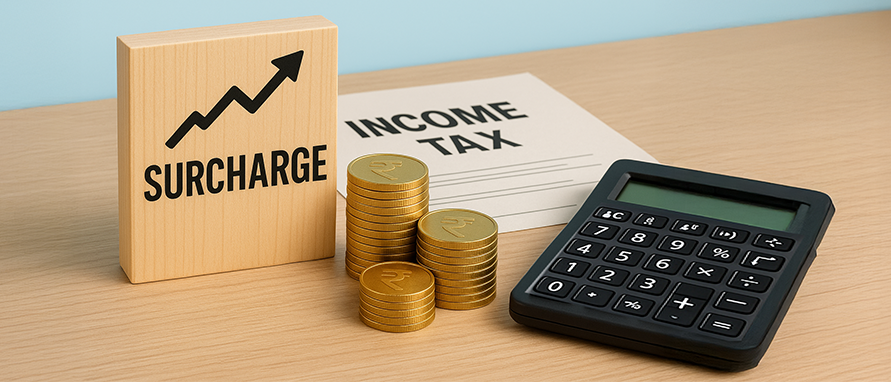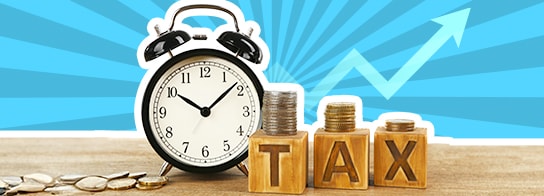On the one hand, those in the high-income group now have a route to saving on their tax payments. This can be a boon for those experiencing massive business growth. It helps them channel most of their revenue away from the tax funnel and into their own operations.
On the other hand, the revised surcharge rate can be looked on as an incentive for the new tax regime. Look closely and you will see that the reduced surcharge rate for the highest taxpayers applies only to the new tax regime.
Hand in hand with this benefit to the highest taxpayers is the announcement about a rebate for incomes up to ₹7 Lakhs. Under the new regime, you pay zero income tax if your income does not exceed ₹7 Lakhs.
Thus, both ends of the spectrum, the aspiring class and the wealthiest, benefit. By adding
slab-rate concessions for the middle class, the Finance Minister seems to be urging all to adopt the new tax regime wholeheartedly.
In fact, the Budget is unambiguous about this when it says in the Annexure, “The new tax regime for Individual and HUF, introduced by the Finance Act 2020, is now proposed to be the default regime”.
Going forward, you need to carefully weigh the pros and cons of the old and new tax regimes. If the new regime offers you outright tax savings, go for it and enjoy its simplicity.
However, if you are proficient at drawing out all you can from the old regime, wait and watch. The Government may, perhaps, offer more benefits in times to come.





































